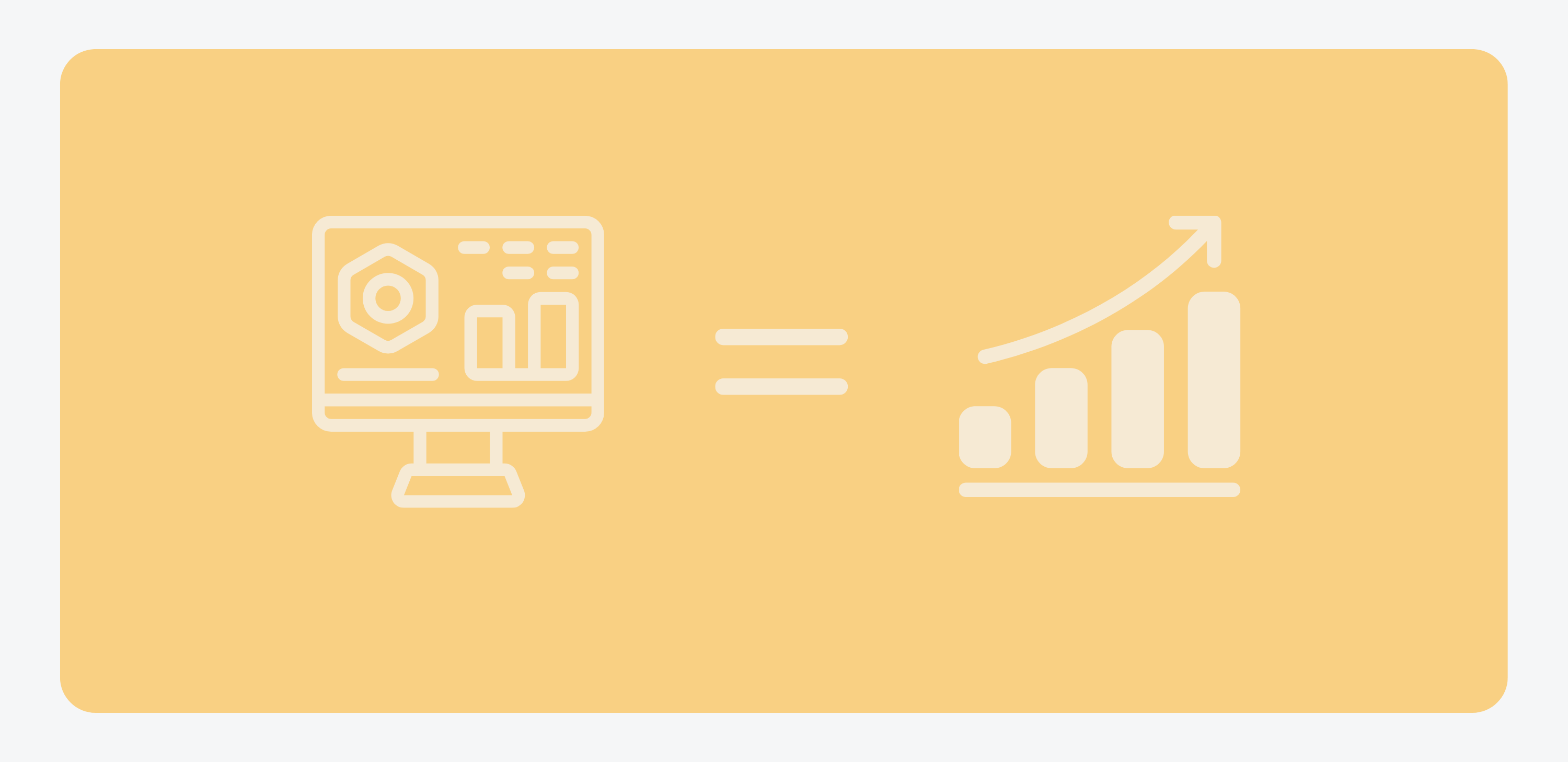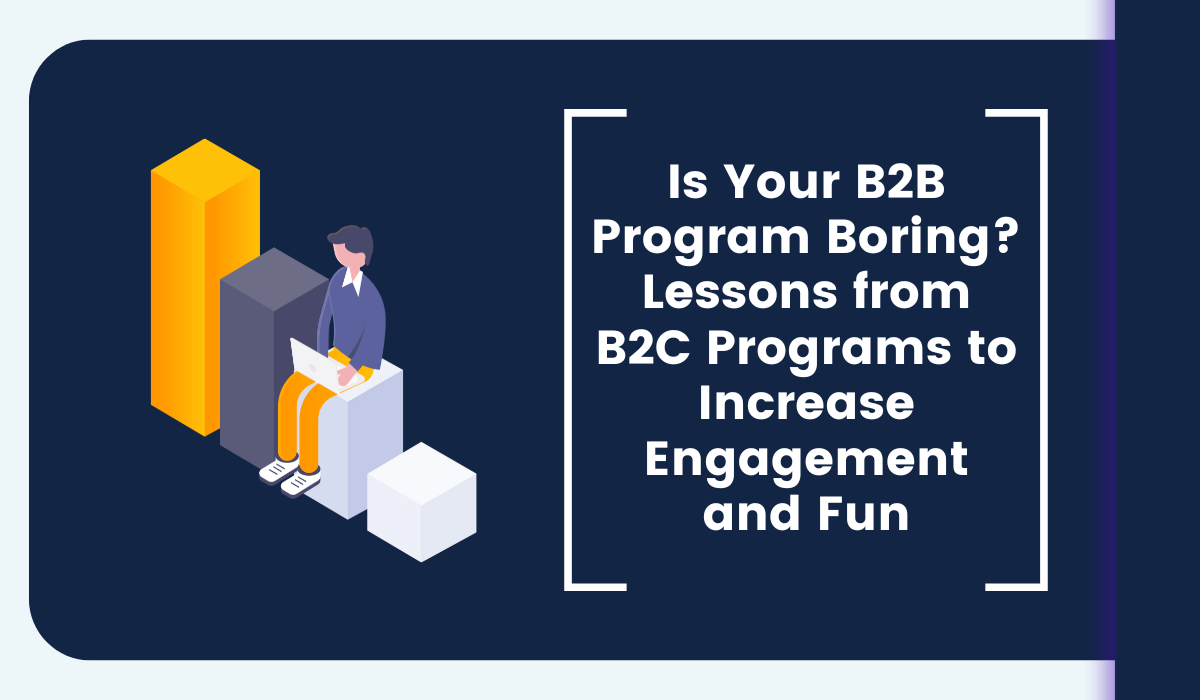Smarter Incentives #1 - The Key To Winning More B2B Customer Loyalty
With the slew of challenges facing the B2B industry today - inflation, supply chain instability, rapidly evolving technology and workplace...
Platforms
Services
Promotions
.
Featured Guide
Industries
Resources
Explore
4 min read
 Kimberly Lyons
09/14/20
Kimberly Lyons
09/14/20

There are several ways a sales and channel incentive program can benefit and improve B2B marketing efforts across the board -- when done right. Similar to how success and failure for B2B companies can be determined by a number of factors -- product quality, the effectiveness of sales reps, the loyalty of customers, etc. -- the success of a B2b incentive program can be determined by how well a brand builds and organizes their incentive program for their users.
While there are numerous details and factors go into program design, here are four points in particular to consider when designing your B2B sales or channel incentive program:
Training and education are extremely valuable within the B2B companies for both employees AND customers. Employee training can help sales reps perform better by improving their knowledge of your different products and services, which makes them more confident when selling your brand. Providing specialized education and training for customers helps to familiarize them with your products and lets them grow their skills in using different products and features. This makes your brand even more valuable because you’re helping customers get the most out of their purchases while also demonstrating your dedication to their ongoing success.
You can help drive participation in your training and education courses by allowing employees and customers to receive reward incentives for doing so. Individuals can earn rewards or points for completing different learning courses, quizzes, surveys, webinars or workshops, and more.
It is important to establish goals and tracking metrics for your B2B loyalty or incentive program. Tracking progress helps you get honest evaluations of program performance and enables you to identify opportunities to improve and optimize. However, you need to keep in mind that your incentive program exists to support the work of your sales team. You don’t want the program to become a hindrance that prevents your teams from hitting their numbers.
If program goals and individual performance goals are not aligned, this can cause conflict later on and impact your company’s overall performance. To ensure that doesn’t happen, you need to make sure that your program goals do not conflict with the performance/sales goals of your program members.
Including more ways to earn points beyond just sales is essential when designing a B2B loyalty program, as it fosters deeper engagement and strengthens customer relationships. By offering varied earning opportunities, such as rewarding customers for participating in surveys, attending webinars, or referring new clients, businesses can encourage active involvement with the brand.
This multi-faceted approach not only diversifies the customer experience but also creates a sense of community and collaboration, as clients feel appreciated for their contributions beyond transactions. After all, several important steps in the sales pipeline contribute to the final sale. Offering some kind of positive recognition or reward for achieving certain pipeline steps can be a good motivator for sales team members or channel partners. Additionally, it can drive valuable insights into customer preferences and needs, ultimately enhancing the incentive program's effectiveness.
Product trainings, proposal meetings, and demos are more examples of rewardable actions that could be included within your B2B loyalty or incentive program. If one of your concerns is keeping program members focused on the final sale and not just on the little step rewards, you can always cap the reward values or establish a limit for the number of times an individual can earn a certain type of pipeline award.
Establishing what the rules structure will be for a B2B loyalty or incentive program can be a tricky step in the design process. Depending on your industry, products, and brand, your individual sales teams and channel partners could be responsible for wildly different products or services. This can complicate how you determine the earning rules or structures within your B2B program, and the criteria members must meet before earning certain tier-level benefits and perks.
Using a single umbrella strategy when creating a rules structure-- something like the commonly known “one point per dollar spent” model -- is often the easiest for loyalty or incentive program members to understand and follow. However, this can cause disparities across your organization due to factors like noticeably different sales volumes for separate product groups or categories. For example, selling or buying a single airplane engine would earn significantly more program points than a single hardware tool. This method runs the risk of seeming "unfair" across your organization and could demoralize your program members into not participating
In such cases like the one above, a better option is to use a B2B loyalty platform with a dynamic rules engine that allows you to create customized earnings rules for different user groups or teams. Instead of requiring every member in your program or organization to adhere to the same rules, you can set specific earning criteria, offers, or incentives that are more tailored to how they buy and sell.
The key when designing the rules structure of your program is to carefully consider how your brand recognizes and evaluates performance metrics and goals across your entire organization. Using that knowledge you can create an incentive program rules structure that enables all included parties to earn rewards at a fair rate.
Once your structure is set, you can ensure program members know and understand their requirements for earning and redeeming rewards by creating helpful knowledgebase content and How-To materials that explain how the program works. Implementing a program FAQ section, creating a program member onboarding series with emails, videos, or webinar tutorials, and providing helpful articles are all good ways to ensure your enrolled members get the maximum value out of your B2B program.
As we stated before, there are dozens of details and questions to ask when designing an incentive program. Overall, the key factor to remember is to focus your program around your main goals and purposes behind implementing an incentive program. Whether it's providing value to customers, empowering your sales teams, motivating your channel partners, or more, the right B2B program design can help you build a program that delivers successful results.
If you're looking for a B2B sales or channel incentives partner to help you get your future program started or if you want to grow your current program, Brandmovers can help! Get in touch with us today to learn how we can help you achieve your goals.
Or if you want to check out more content and resources related to incentive programs and B2B Loyalty, visit our B2B Loyalty Growth Center page.

With the slew of challenges facing the B2B industry today - inflation, supply chain instability, rapidly evolving technology and workplace...

For B2B Marketers and Channel Managers, keeping your channel partners motivated and engaged is critical to success. However, many B2B channel...

As B2B industries evolve, the significance of channel incentive programs in driving partner engagement and loyalty has never been more crucial....